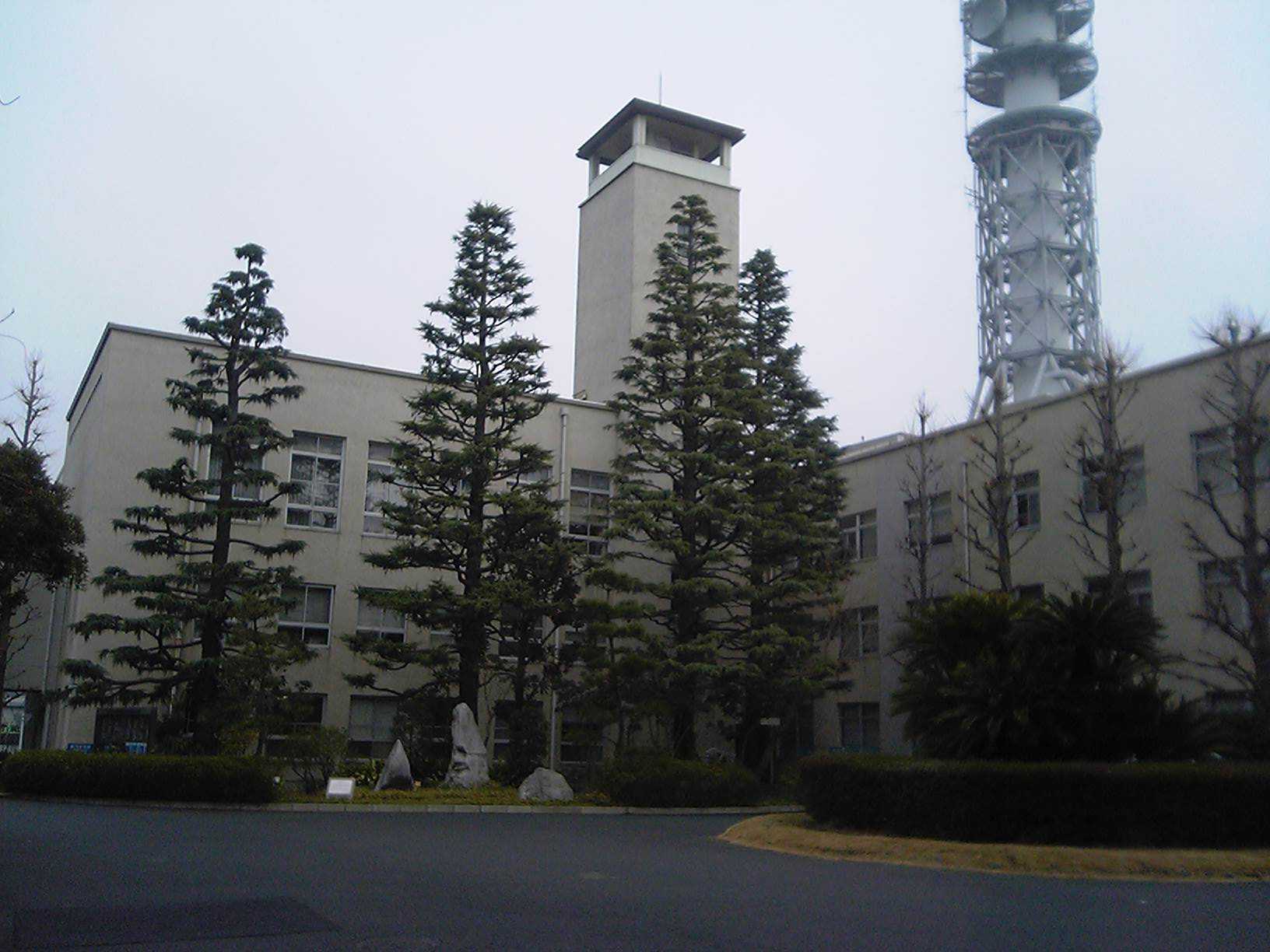|
Shōjōkō-ji
is a Buddhist temple located in the city of Fujisawa, Kanagawa Prefecture, Japan. It is the headquarters of the Ji-shu branch of Pure Land Buddhism, founded in the Kamakura period by Ippen. The formal name of the temple is Tōtaku-san Muryōkō-in Shōjōkō-ji (藤沢山 無量光院 清浄光寺), and its honzon is a statue of Amida Nyorai. As the head priest of the temple, Tōtaku Shōnin, also bears the inherited title Yugyō Shōnin (遊行上人), the temple has become familiarly known as Yugyō-ji (遊行寺) since the Edo period. The temple is also sometimes referred to as Fujisawa-dōjō. History The temple was founded in 1325 by the local Matano clan, whose estates extended from present-day Nishimatano, Fujisawa to Matano-chō and Higashimatano-chō in Totsuka-ku, Yokohama and the 4th head of the sect, Dōnkai. However, it was located on the site of a much older temple called Gokuraku-ji, were Ippen had stayed while preaching in Kamakura and making a pilgrimage to ... [...More Info...] [...Related Items...] OR: [Wikipedia] [Google] [Baidu] |
Fujisawa, Kanagawa
is a Cities of Japan, city in Kanagawa Prefecture, Japan. , the city had an estimated population of 439,728 and a population density of 6300 persons per km2. The total area of the city is . Geography Fujisawa is in the south-central part of Kanagawa Prefecture. It faces Sagami Bay of the Pacific Ocean. The northern part of the city is on the Sagamino plateau while the southern part is abutted on the Shonan Beach. Fujisawa has three major topographical features: the island of Enoshima to the south connected to the Katase shoreline area by a road bridge, and two rivers, the Hikiji River, Hikiji and the Sakai River (Tokyo, Kanagawa), Sakai, which run north-south. The Hikiji River, Hikiji can be traced from an area designated as a nature reserve park in the city of Yamato and flows directly along the boundary of the joint US Navy and Japan Maritime Self-Defense Force Naval Air Facility Atsugi, Atsugi Naval Air Base and the United States Army Camp Zama. The Sakai runs directly from ... [...More Info...] [...Related Items...] OR: [Wikipedia] [Google] [Baidu] |

